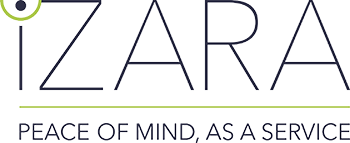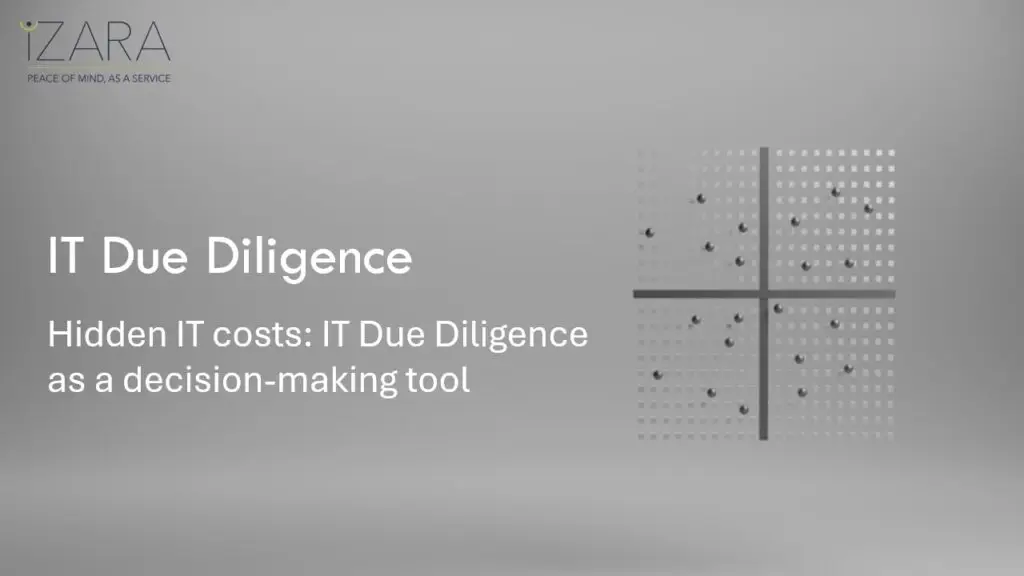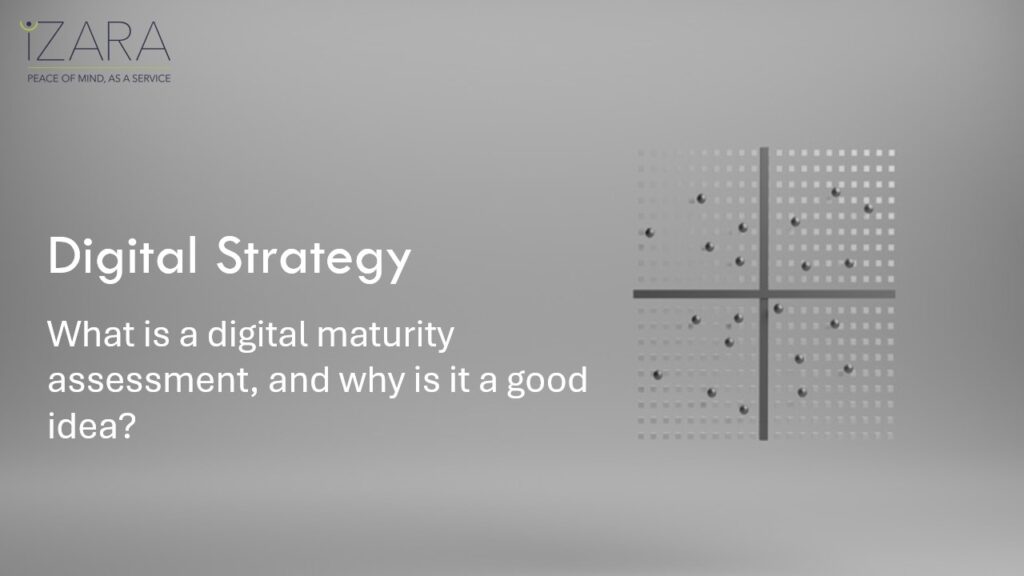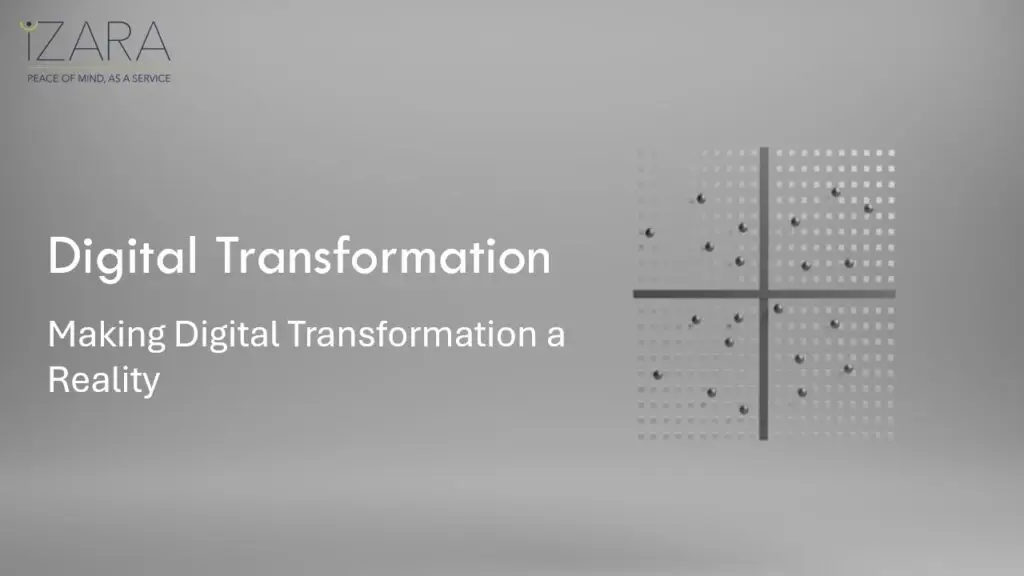When I speak with leaders in manufacturing companies, I often hear the same concern: IT costs are rising, but it’s unclear where the money is going—or what value it’s creating.
This isn’t necessarily a sign of poor management, but rather a consequence of how most IT landscapes evolve over time. Many companies still rely on ERP systems implemented more than a decade ago, supplemented by custom-built applications, local integrations, and infrastructure decisions rooted in historical needs. The result is often a complex and opaque mix of cost structures and risk.
This is where structured IT Due Diligence can bring clarity. Not as a technical review, but as a business-oriented assessment of how IT supports—or hinders—your company’s operations and growth potential.
Three key questions to uncover hidden IT challenges
- What does your IT really cost?
Many are surprised by the true scope of their IT spending. It goes far beyond licenses and operations—it includes technical debt, hidden maintenance tasks, and fragmented solutions that quietly drain resources.
A professional IT Due Diligence goes beyond simple budget analysis and identifies:
- Distributed costs not directly visible in financial reports
- Written-down investments that still create technical dependencies
- Spend allocation across run, grow, and transform activities—showing how much of the budget goes toward keeping the lights on versus innovation
- How vulnerable is your IT?
Technical debt and outdated systems increase the risk of downtime and limit scalability. And the risk isn’t only technical—it’s organisational.
IT Due Diligence helps expose:
- Systems and integrations reliant on key individuals
- Undocumented code or lack of proper testing
- Infrastructure readiness to handle disruptions and cyber threats
By using tools like a Red Flag Framework (operational, tactical, and strategic risks), we can prioritise where to act first—typically areas that may directly affect core production if something fails.
- Does your IT support future growth?
IT should act as a business accelerator, not a brake. It’s critical to evaluate whether your system architecture can keep up with your strategy and the demands of your market.
A mature IT Due Diligence assesses:
- IT’s ability to execute on your business strategy
- The maturity of your data foundation and decision-making support
- The organisation’s readiness for change and digital adoption
How structured IT Due Diligence is done
At IZARA, we apply a structured and expertise-based approach built around eight key analysis areas—from IT strategy and governance to finance, security, and digital maturity. The process is tailored to the situation—whether it’s a quick assessment or a full-scale evaluation ahead of major transformations or acquisitions.
A key principle is that the analysis doesn’t just identify issues. It converts findings into recommendations and actionable plans, such as:
- Roadmaps for technical modernisation without disrupting operations
- Suggestions for system and license consolidation
- Evaluation of integration architecture and data quality
Perspective: Enabling better decisions
At its core, IT Due Diligence is not about pointing fingers. It’s about creating transparency. When IT costs are understood, risks are defined, and the system landscape is made visible, leadership can make better-informed decisions—about operations, investments, and growth.
Are you getting full value from your IT investments? Let’s talk.
If you want to stay updated on digital strategy and AI adoption, bookmark our insights page or follow IZARA on LinkedIn for new perspectives.
© Lars Kirstein | lk@izara.com




